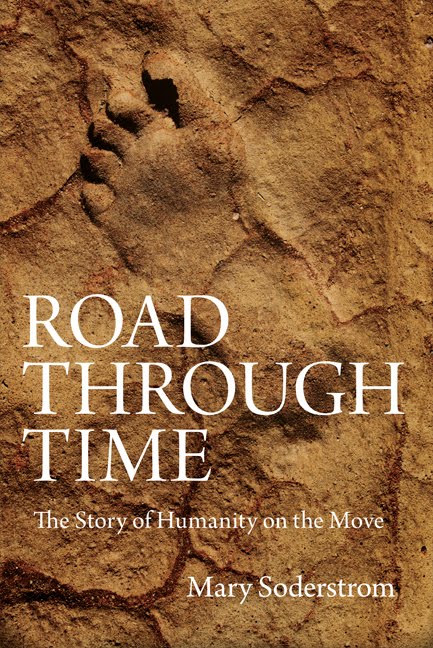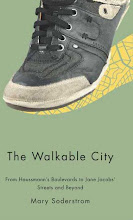Monday 29 October 2007
The Ginkgos of Autumn: Living Fossils, Urban Harvest
The ginkgo harvest has begun. When I was out for my walk this morning I saw one 60-ish couple of Asian origin heading home, carrying a plastic sack bulging with ginkgo nuts.
The ginkgos haven’t yet turned the gorgeous yellow they usually do in October, but, sure enough, when I crossed the park where I’ve seen people carefully looking for gingko nuts in that past, I crunched under foot the small fruit of the tree. Before I could look down to make sure what I was stepping on, the disgusting smell of the fruit rose up. Rotten garbage, vomit, durian: some places have torn out all the female ginkgos in order to avoid the smell.
The trees, however, are splendid from spring through late fall, and do very well in city pollution. Where the fruit ripens just as frost arrives—or where ginkgo lovers harvest it—the smell is not a problem. The survival of the species also is an eloquent testimony to what good can be done by humans, if they try.
The ginkgos we see today are the only representatives of a botanical order which fossil records show having about 19 members in the time of the dinosaurs. The order became extinct in North American and Europe millions of years ago, but one species survived in China and Japan. Legend has it that the Chinese emperor Shen Nung, who supposedly catalogued thousands of medicinal plants about 3,000 years ago, appreciated it and cultivated in his garden. What is certain is that it was cared for carefully in palace and monastery gardens for centuries before the German botanist Engelbert Kaempfer found it in Japan. He brought seeds back to Europe in 1691, and within 100 years it had been widely planted in botanical and royal gardens around the world.
The two ginkgos in my neighborhood park were planted around the turn of the 20th century when it was part of a private garden. Since then they’ve grown tall and beautiful—and bountiful too, if you know enough to look. Thanks are due to those who so long ago recognized the tree’s qualities and safe-guarded it.
The ginkgos haven’t yet turned the gorgeous yellow they usually do in October, but, sure enough, when I crossed the park where I’ve seen people carefully looking for gingko nuts in that past, I crunched under foot the small fruit of the tree. Before I could look down to make sure what I was stepping on, the disgusting smell of the fruit rose up. Rotten garbage, vomit, durian: some places have torn out all the female ginkgos in order to avoid the smell.
The trees, however, are splendid from spring through late fall, and do very well in city pollution. Where the fruit ripens just as frost arrives—or where ginkgo lovers harvest it—the smell is not a problem. The survival of the species also is an eloquent testimony to what good can be done by humans, if they try.
The ginkgos we see today are the only representatives of a botanical order which fossil records show having about 19 members in the time of the dinosaurs. The order became extinct in North American and Europe millions of years ago, but one species survived in China and Japan. Legend has it that the Chinese emperor Shen Nung, who supposedly catalogued thousands of medicinal plants about 3,000 years ago, appreciated it and cultivated in his garden. What is certain is that it was cared for carefully in palace and monastery gardens for centuries before the German botanist Engelbert Kaempfer found it in Japan. He brought seeds back to Europe in 1691, and within 100 years it had been widely planted in botanical and royal gardens around the world.
The two ginkgos in my neighborhood park were planted around the turn of the 20th century when it was part of a private garden. Since then they’ve grown tall and beautiful—and bountiful too, if you know enough to look. Thanks are due to those who so long ago recognized the tree’s qualities and safe-guarded it.
Subscribe to:
Post Comments (Atom)











No comments:
Post a Comment